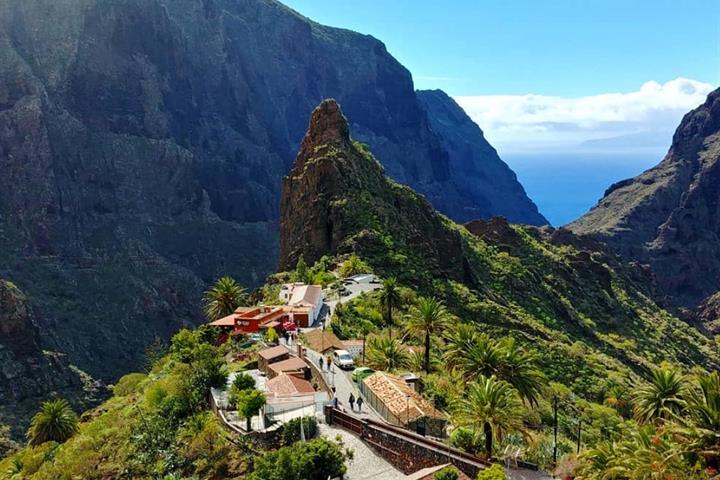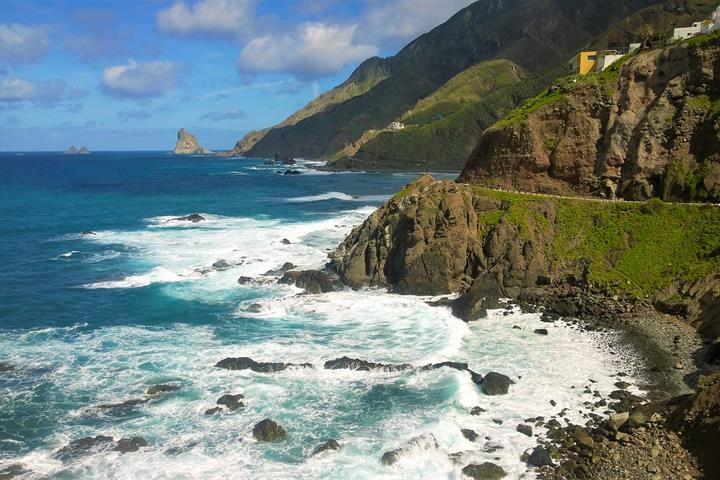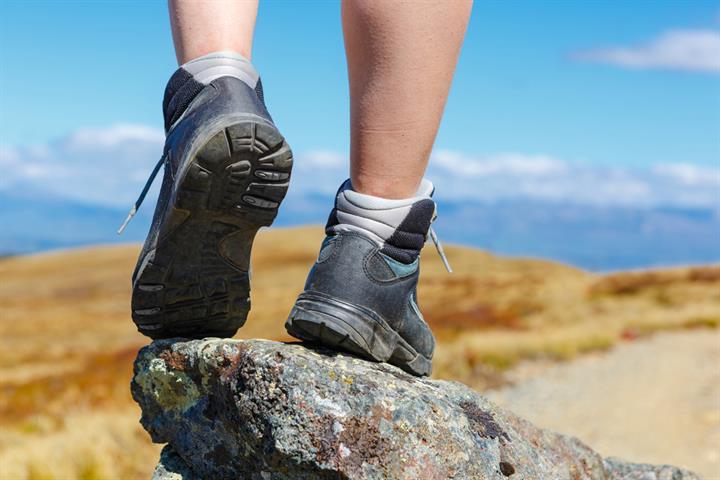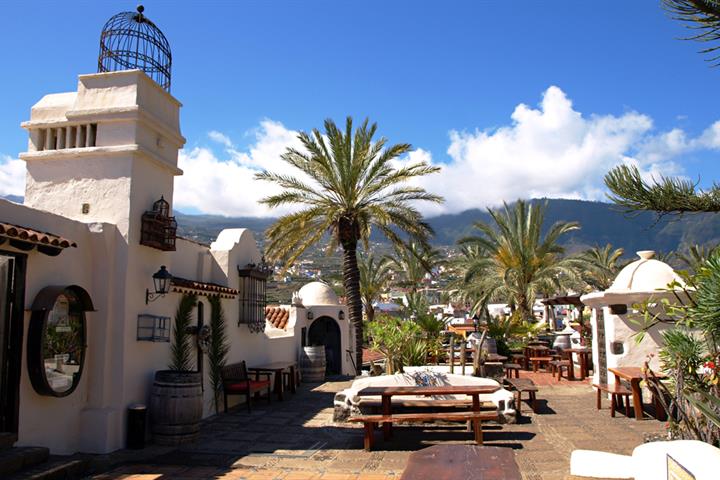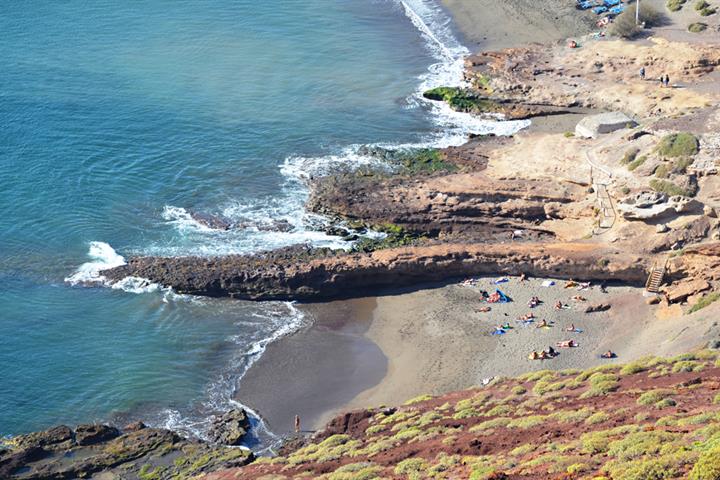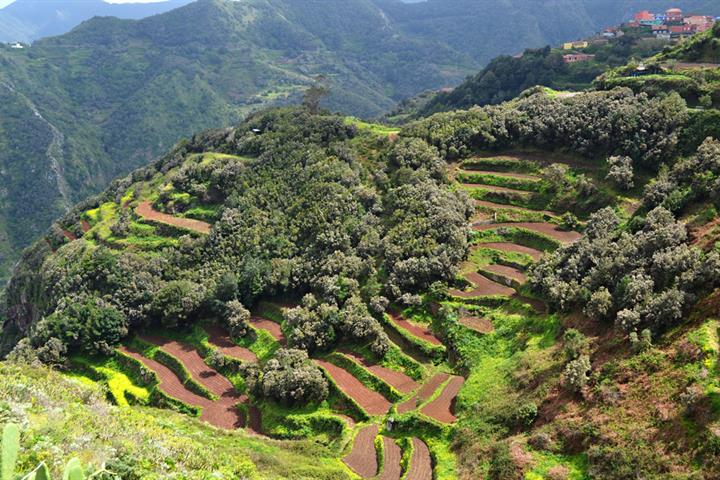Tenerife travel information and video
Holiday information, facts, photos and video about Tenerife
Featured holiday homes on Tenerife
Things to do while you are here
Exciting places to visit on Tenerife
Reviews for Tenerife
Average overall ratings - Based on 508 reviews.
City
| City: |
Submitted by: Rudolf Wöhrmann
29. Nov 2021
This review is in English
This review is in English
Report abuse
You found this abusive
| City: |
Submitted by: katja law
10. Nov 2021
This review is in English
This review is in English
Report abuse
You found this abusive
| City: |
Submitted by: Jean Cox Kearns
15. Oct 2021
This review is in English
This review is in English
Report abuse
You found this abusive
| City: |
Submitted by: Corine Smallegange
10. Oct 2021
This review is in English
This review is in English
Report abuse
You found this abusive
| City: |
Submitted by: Kassandra Laseure
6. Oct 2021
This review is in English
This review is in English
Report abuse
You found this abusive
| City: |
Submitted by: JOANNE HUNT
23. Sep 2021
This review is in English
This review is in English
Report abuse
You found this abusive
| City: |
Submitted by: Barbara Kaste
20. Aug 2021
This review is in English
This review is in English
Report abuse
You found this abusive
| City: |
Submitted by: Tania
12. Aug 2021
This review is in English
This review is in English
Report abuse
You found this abusive
| City: |
Submitted by: Ignacio
8. Aug 2021
This review is in English
This review is in English
Report abuse
You found this abusive
| City: |
Submitted by: Michel De Munter
13. Jun 2021
This review is in English
This review is in English
Report abuse
You found this abusive
| City: |
Submitted by: Marjut
22. Apr 2021
This review is in English
This review is in English
Report abuse
You found this abusive
| City: |
Submitted by: Jean
27. Mar 2021
This review is in English
This review is in English
Report abuse
You found this abusive
| City: |
Submitted by: Jean
30. Jan 2021
This review is in English
This review is in English
Report abuse
You found this abusive
| City: |
Submitted by: Clauderic MARQUET
24. Jan 2021
This review is in English
This review is in English
Report abuse
You found this abusive
| City: |
Submitted by: James
16. Jan 2021
This review is in English
This review is in English
Report abuse
You found this abusive
| City: |
Submitted by: Bruno Vanderper
11. Dec 2020
This review is in English
This review is in English
Report abuse
You found this abusive
| City: |
Submitted by: Mattias Rothe
10. Dec 2020
This review is in English
This review is in English
Report abuse
You found this abusive
| City: |
Submitted by: De Backer Yvan
20. Nov 2020
This review is in English
This review is in English
Report abuse
You found this abusive
| City: |
Submitted by: Paul Norman
14. Aug 2020
This review is in English
This review is in English
Report abuse
You found this abusive
| City: |
Submitted by: David Van der Veken
13. Aug 2020
This review is in English
This review is in English
Report abuse
You found this abusive
